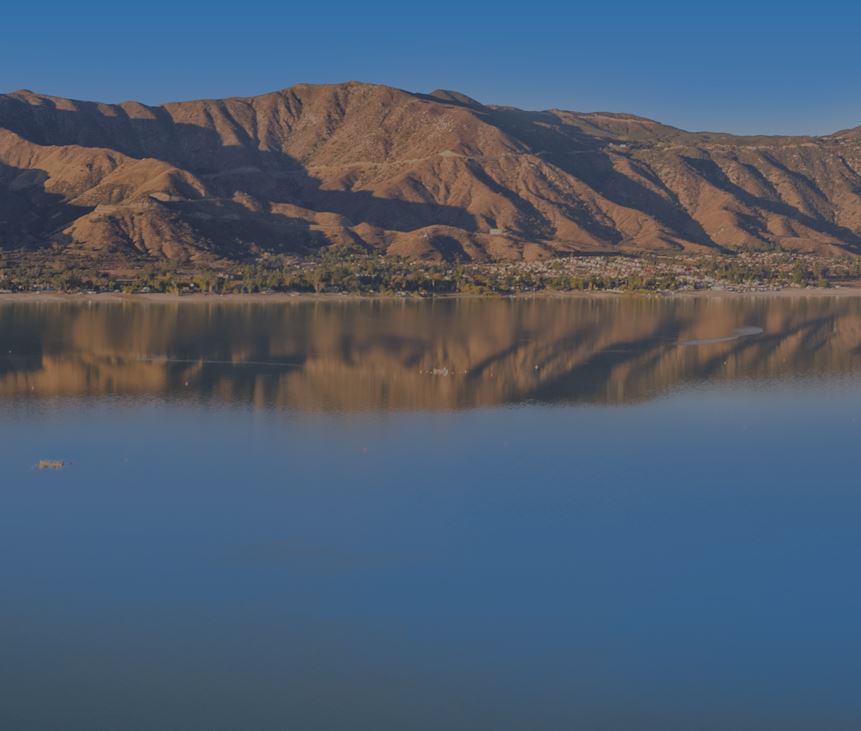
The location is the site of the Lake Elsinore Advanced Pumped Storage (LEAPS) project, which was proposed by Nevada Hydro Company Inc. The company’s application was dismissed by FERC on Dec. 8, 2021, and a rehearing was denied. FERC said Nevada Hydro could refile the application after obtaining information that the U.S. Forest Service requested as part of its review process.
Nevada Hydro said in a Feb. 8 filing that it was working with the Forest Service to obtain the needed information. The company filed its notice in an effort to preserve the site from third-party permit applications while it completes the studies necessary for resubmittal of its license application.
However, a day earlier, on Feb. 7, Blue Water Renewable Development filed an application with FERC for a proposed 1,000 MW project, known as Blue Water Energy Storage Project. The application said the project would increase in size to 1,000 MW from 500 MW, without increasing the size of the upper reservoir. It also would reduce the footprint of the primary transmission line facilities to reduce environmental impacts to Forest Service lands. And, the developers proposed water quality improvements in Lake Elsinore by installing a water treatment facility and supplemental oxygen injection system.
Under the proposal, Lake Elsinore would serve as the lower reservoir, with a new upper reservoir and dam across Decker Canyon to be constructed. The underground powerhouse would be about 3,000 feet from Lake Elsinore and would contain two reversible Francis-type pump-turbine/motor-generators, each rated for 500 MW at the average net head of about 1,500 feet. The 500-kV transmission line would be 6.3 miles long and connect to Southern California Edison’s Valley-Serrano line.
The operating scenario would depend on market conditions and other factors. The application to FERC said one scenario would be 12 hours of on-peak generation each weekday using both units. This would result in about 3,744,000 MWh of electricity generated annually.
Nevada Hydro’s LEAPS proposal was similar to the Blue Water project. One difference: The LEAPS project’s underground powerhouse would contain two reversible Francis-type pump-turbine/motor-generators, each rated for 250 MW. In addition, the 500-kV transmission line would be 32 miles long and connect to two existing transmission lines, one a 230-kW line south of the project and the other a 500-kV line to the north.
Average annual electricity production of the facility would depend on plant utilization. Under a representative five-day, 10-hour weekly generation schedule, annual electricity production would be 1,300,000 MWh.
FERC says: The purpose of a preliminary permit is to preserve the right of the permit holder to have the first priority in applying for a license for the project that is being studied.